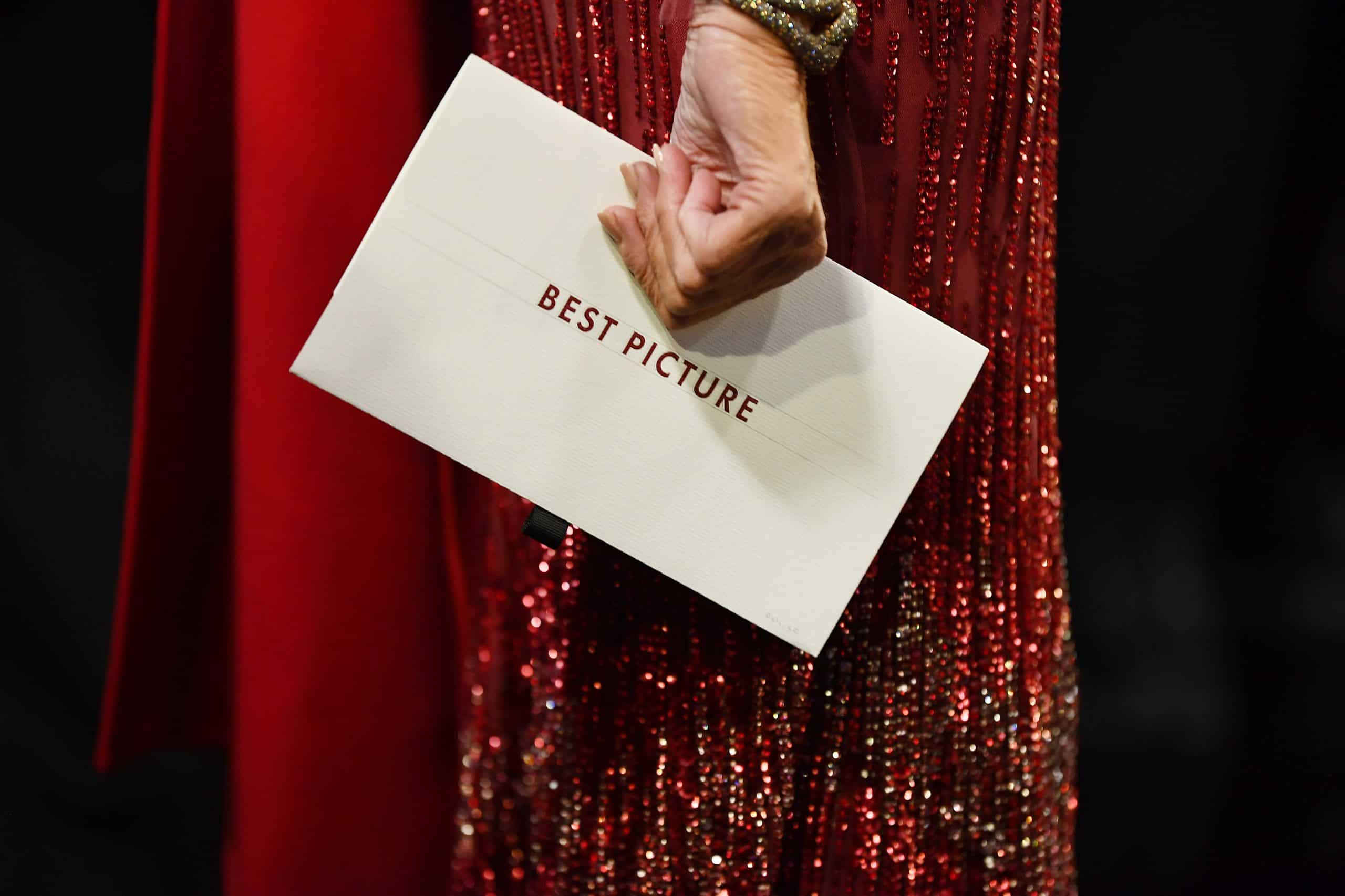Winning the Academy Award for Best Picture is the film world’s highest honor. Being named the very best movie released that year – chosen by the Academy of Motion Picture Arts & Sciences as a nominee, and then winning out over the stiff competition – is a surefire ticket to film immortality. The Oscars are consistently one of the most-watched TV programs of the year, and Best Picture is the show’s crowning glory. Sure, people tune in to see who wins in the other categories, but Best Picture is the one that really matters. It ensures that your film will be remembered for all eternity – or does it? As it turns out, some Best Picture winners, from both the distant and not-so-distant past, have been all but forgotten.
Best Picture is oftentimes the most contentious and fraught of all major Oscar categories. A massive amount of politicking goes on every awards season as studios jockey to get their films nominated. Sometimes, the film that wins Best Picture is the one that everyone’s expecting: the film that wasn’t only a massive success, but also universally beloved by critics and audiences. Sometimes, the winner is a controversial choice, but it’s still a film that’s well-remembered today (“Shakespeare in Love” winning over “Saving Private Ryan” comes to mind). But sometimes, a movie wins that simply doesn’t stand the test of time.
Some of the films on this list are simply so old that time – and collective memory – have passed them by. Some older films may be remembered by those who came of age during the era, but not by others, because they’re not generally regarded to be all-time classics. Some were major upsets, winning over films that should have won an Oscar but didn’t, and are far more well-remembered.
Some simply weren’t seen by too many people upon their release, and have since faded from memory. But for whatever reason, folks have largely forgotten about these Best Picture winners.
“Wings” (1927/28)
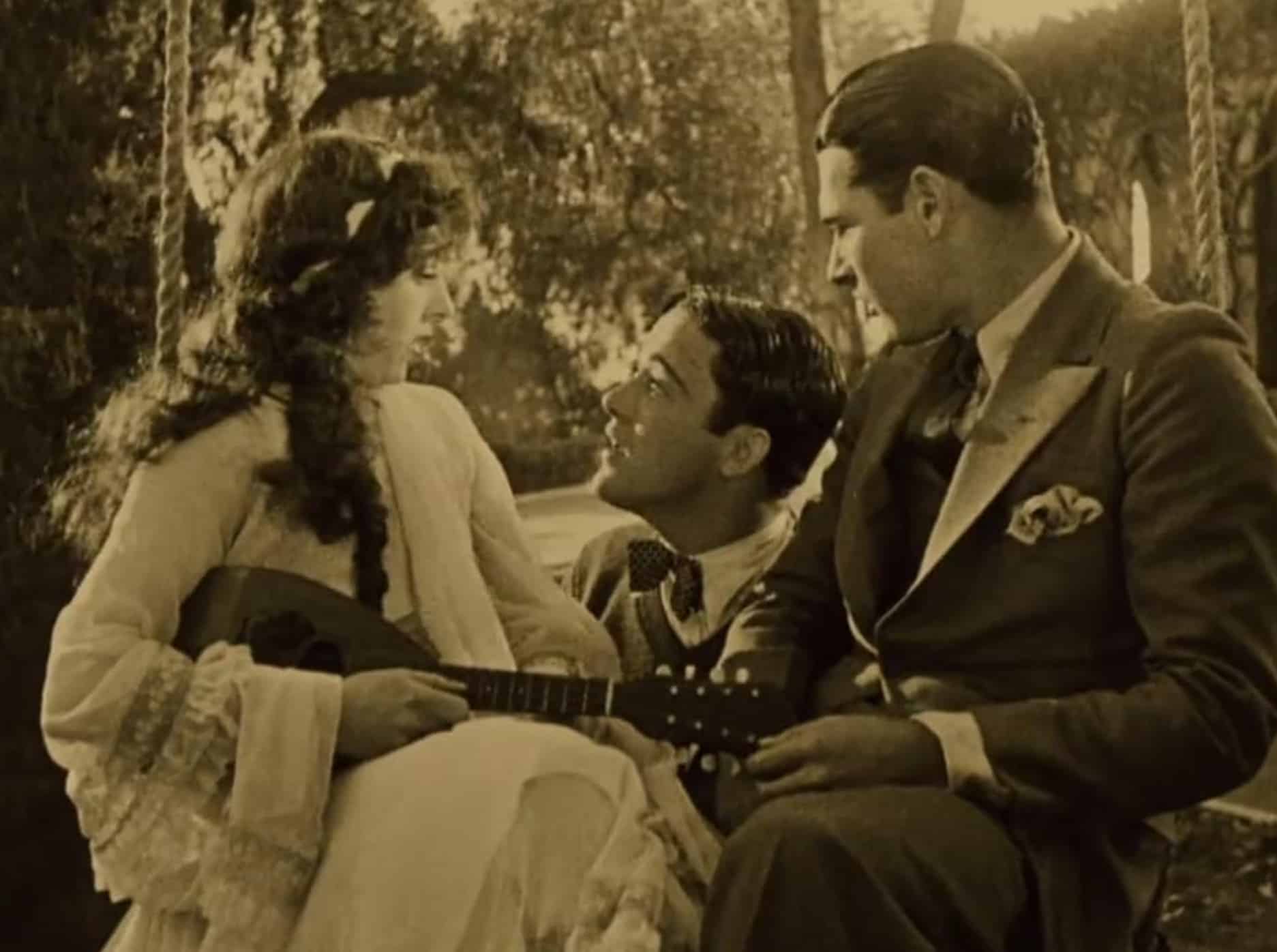
- Director: William A. Wellman
A silent film starring Clara Bow, Charles “Buddy” Rogers, and Richard Arlen, “Wings” is a romantic action-war film about two World War I combat veterans and their romantic rivalry over a woman, the film was praised for its realistic sequences of air combat. Today, however, if it’s remembered at all, it’s for being the first film to win Best Picture.
“The Broadway Melody” (1928/29)

- Director: Harry Beaumont
MGM’s first musical and Hollywood first all-talking musical, “The Broadway Melody” is about two chorus girls trying to hit the big time on Broadway. While it’s largely regarded as being hugely influential in the development of concept and structure of movie musicals, and was the year’s top-grossing film, modern critics find it to be too melodramatic, with subpar acting. The then-popular hit “You Were Meant for Me” was written for the film; it was later included in “Singin’ in the Rain.”
“Cimarron” (1930/31)

- Director: Wesley Ruggles
An epic Western based on the Edna Ferber novel of the same name, RKO’s “Cimarron” also won Oscars for Best Adapted Screenplay and Best Production Design. The sprawling film spans 40 years, following a couple from the Oklahoma land rush of 1889 to 1929. Though well-reviewed at the time, modern critics have found it to be slow, uneven, and riddled with offensive stereotypes.
“Cavalcade” (1932/33)
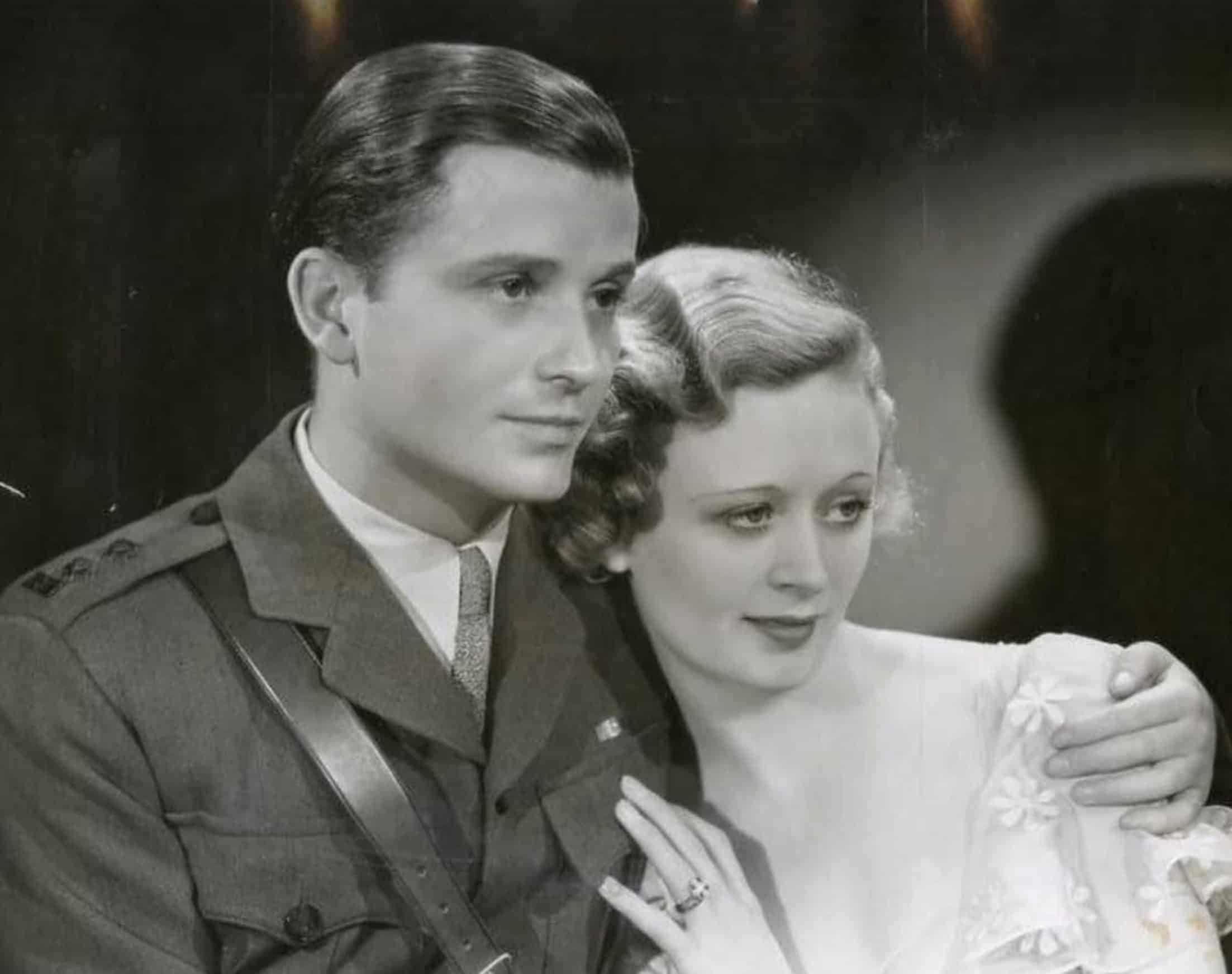
- Director: Frank Lloyd
Based on the 1931 Noël Coward play of the same name, “Cavalcade” follows a group of well-to-do Londoners through the first 30 years of the 1900s, showing how their lives are affected by historical events including the sinking of the Titanic and World War I. It’s still generally well-regarded, but modern critics have found that it lacks cohesion.
“The Life of Emile Zola” (1937)
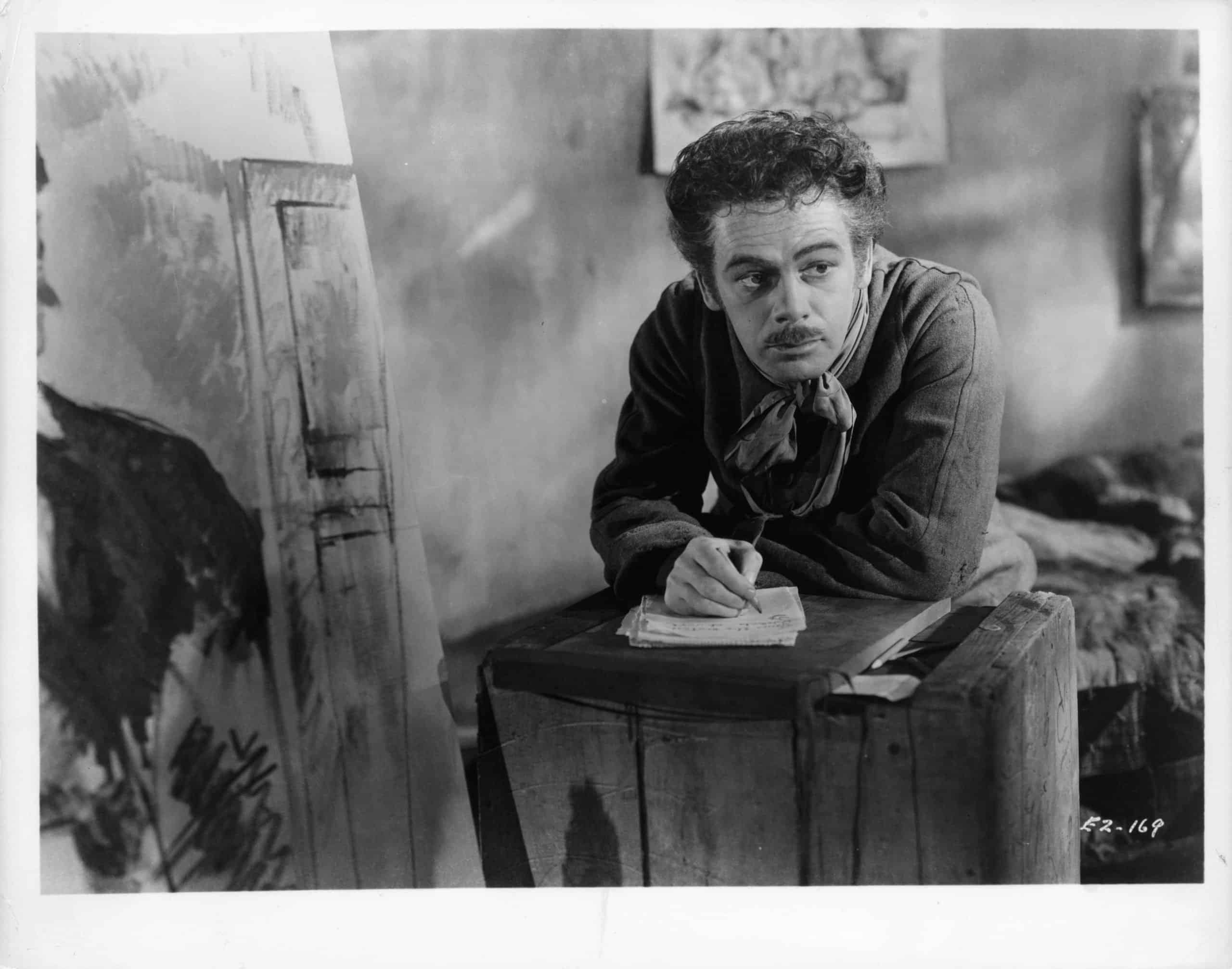
Paul Muni writing in a scene from the film 'The Life Of Emile Zola', 1937. (Photo by Warner Brothers/Getty Images)
- Director: William Dieterle
Considered in its day to be the greatest biographical film ever up to that time, Warner Bros. “The Life of Emile Zola” starred Paul Muni as 19th century French author Emile Zola. It was unanimously praised at the time, but today it’s best-remembered for failing to mention French antisemitism (even though it factored largely into a prominent plot point, the Dreyfus affair), and how studio head Jack Warner had the word “Jew” removed from the script amid an over-cautiousness among studios towards antagonizing Nazi Germany.
“How Green Was My Valley” (1941)
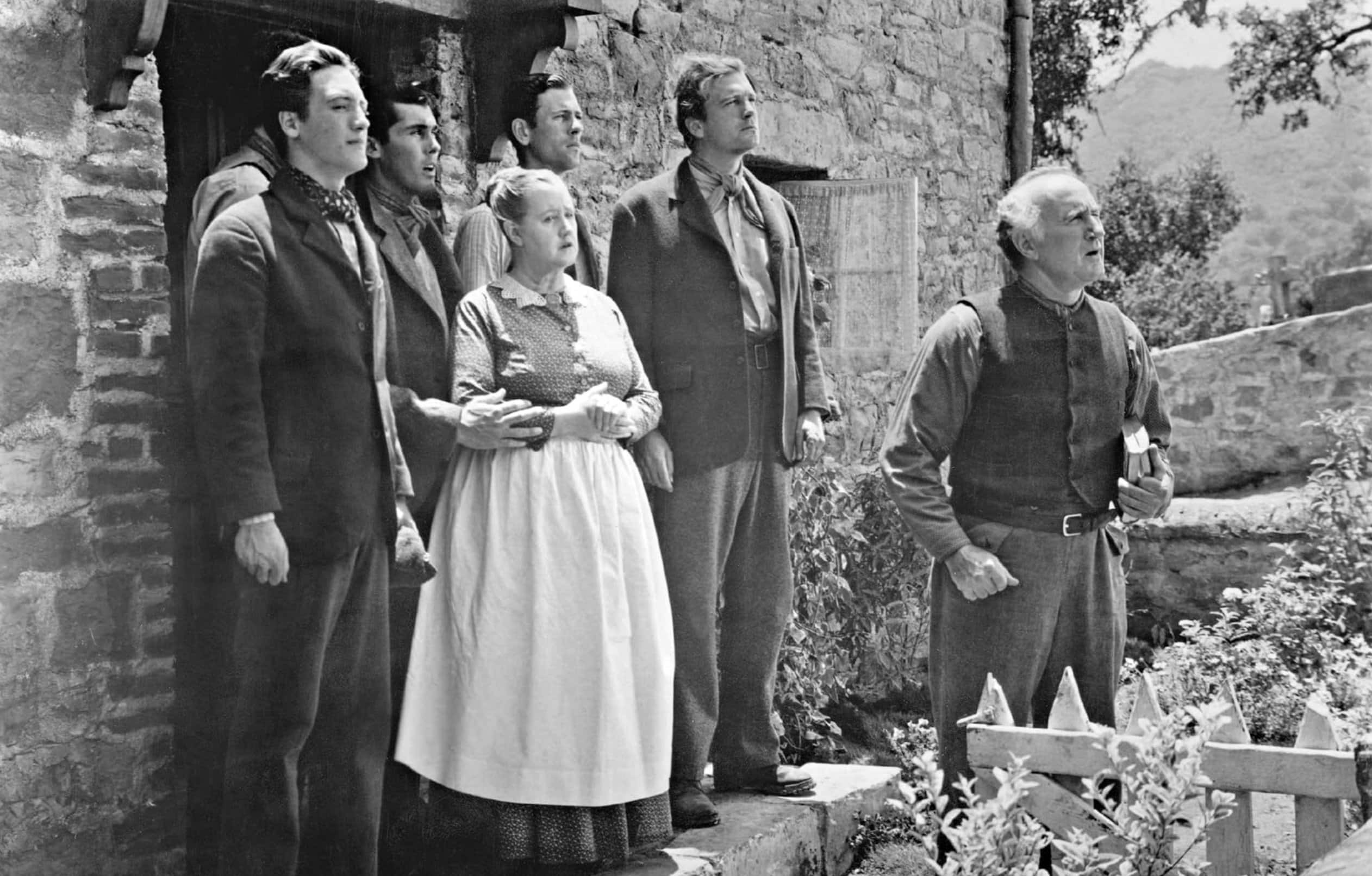
- Director: John Ford
Fox’s “How Green Was My Valley” tells the story of a hard-working Welsh mining family during the late Victorian era, from the point of view of the youngest son, played by a young Roddy McDowall. It’s still widely regarded to be a good movie, but today it’s best remembered for beating two far-superior films: “The Maltese Falcon” and “Citizen Kane.”
“Mrs. Miniver” (1942)
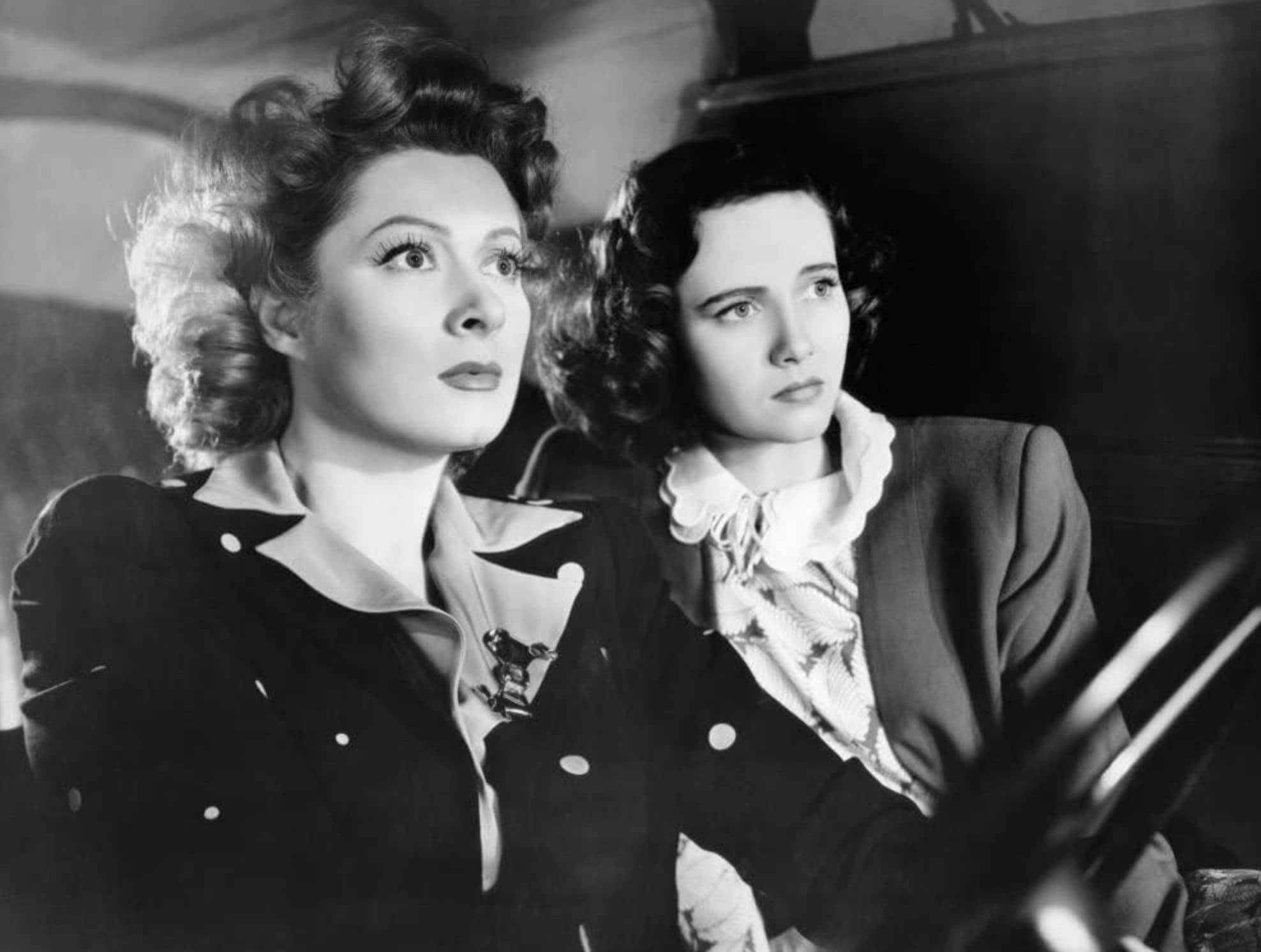
- Director: William Wyler
The highest-grossing film of 1942 and the first Best Picture winner to center around World War II, MGM’s “Mrs. Miniver” is a romantic war drama about how the war affects the life of an unassuming British housewife, played by Greer Garson. It had a huge effect on British audiences at the time and helped to rally American support for the war, and while overtly propagandistic, it’s still regarded as a powerful, well-made, and well-acted film.
“Going My Way” (1944)
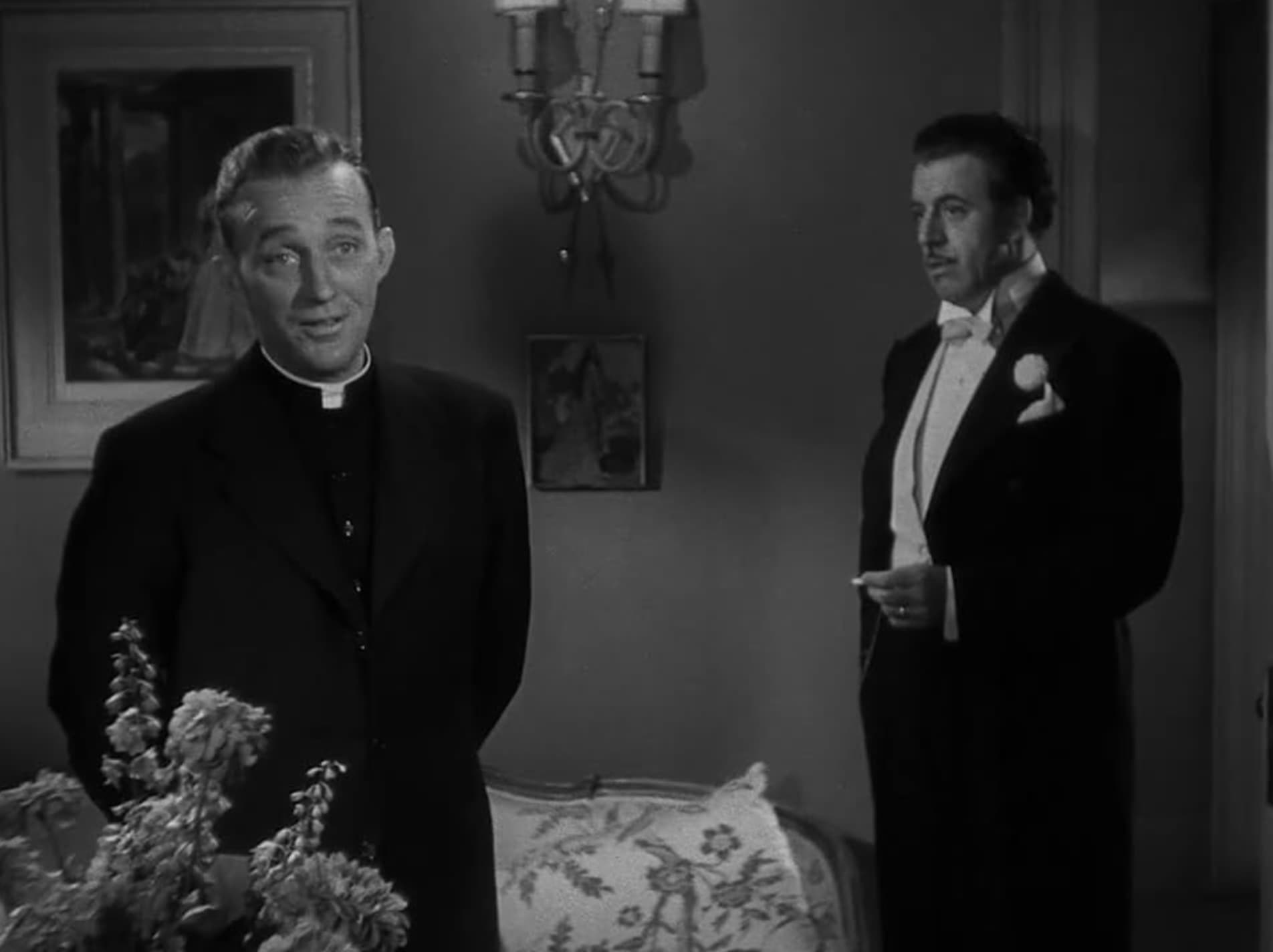
- Director: Leo McCarey
A musical comedy starring Bing Crosby as a young, unconventional priest who’s sent to revitalize a struggling parish in New York City, “Going My Way” is a sweet, likable film that’s buoyed by a great performance by Crosby. It’s a rather slight film, however, and two other Best Picture nominees have had a far greater shelf life: the thrillers “Double Indemnity” and “Gaslight.”
“All The King’s Men” (1949)
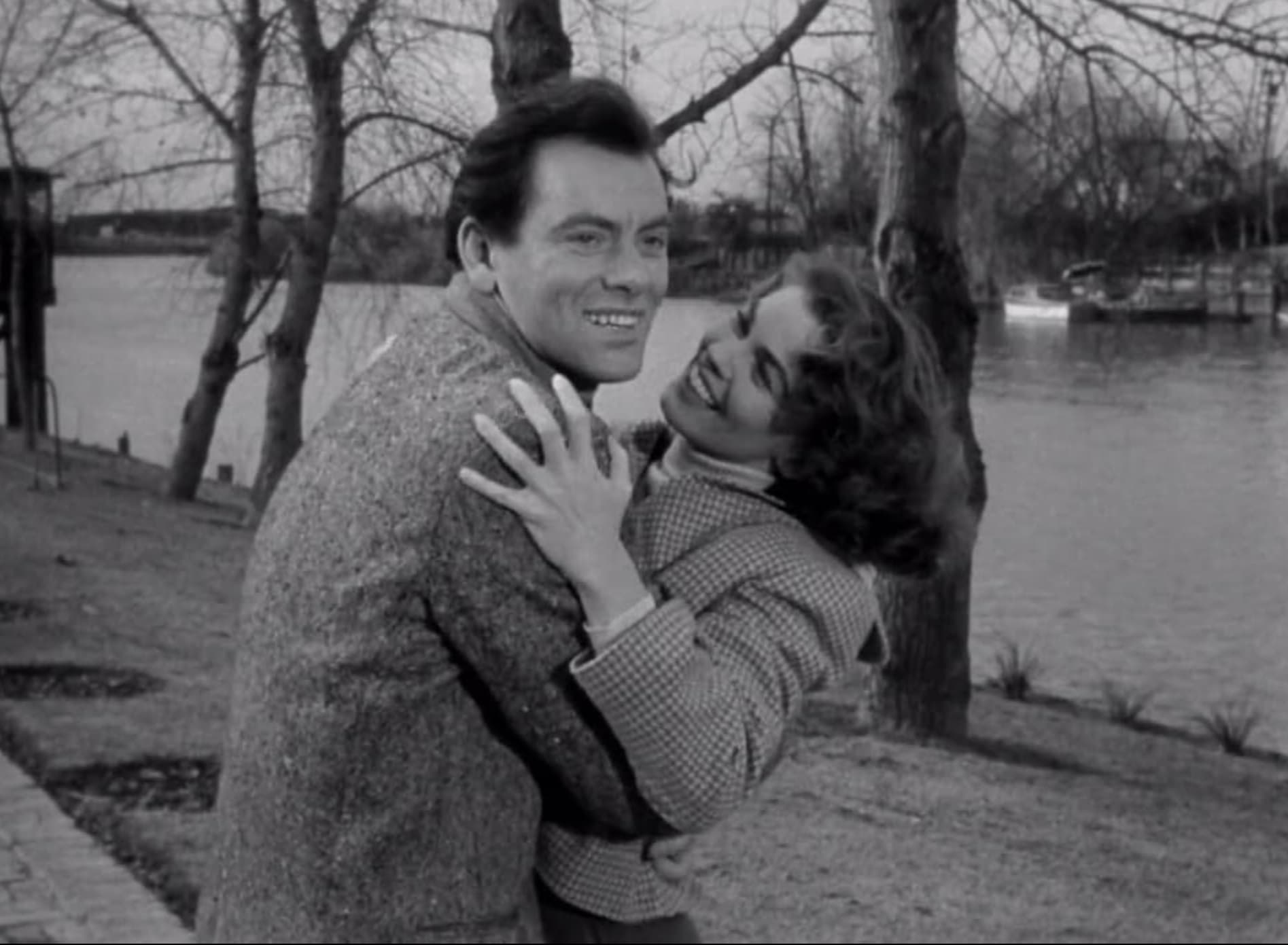
- Director: Robert Rossen
A political drama, “All the King’s Men” starred Broderick Crawford as an idealistic but ruthless Southern politician, modeled after Louisiana Governor Huey Long. Crawford also won Best Actor for his performance, and it still holds up to this day as a noir study of corruption, love, and betrayal, with great dialogue.
“Tom Jones” (1963)
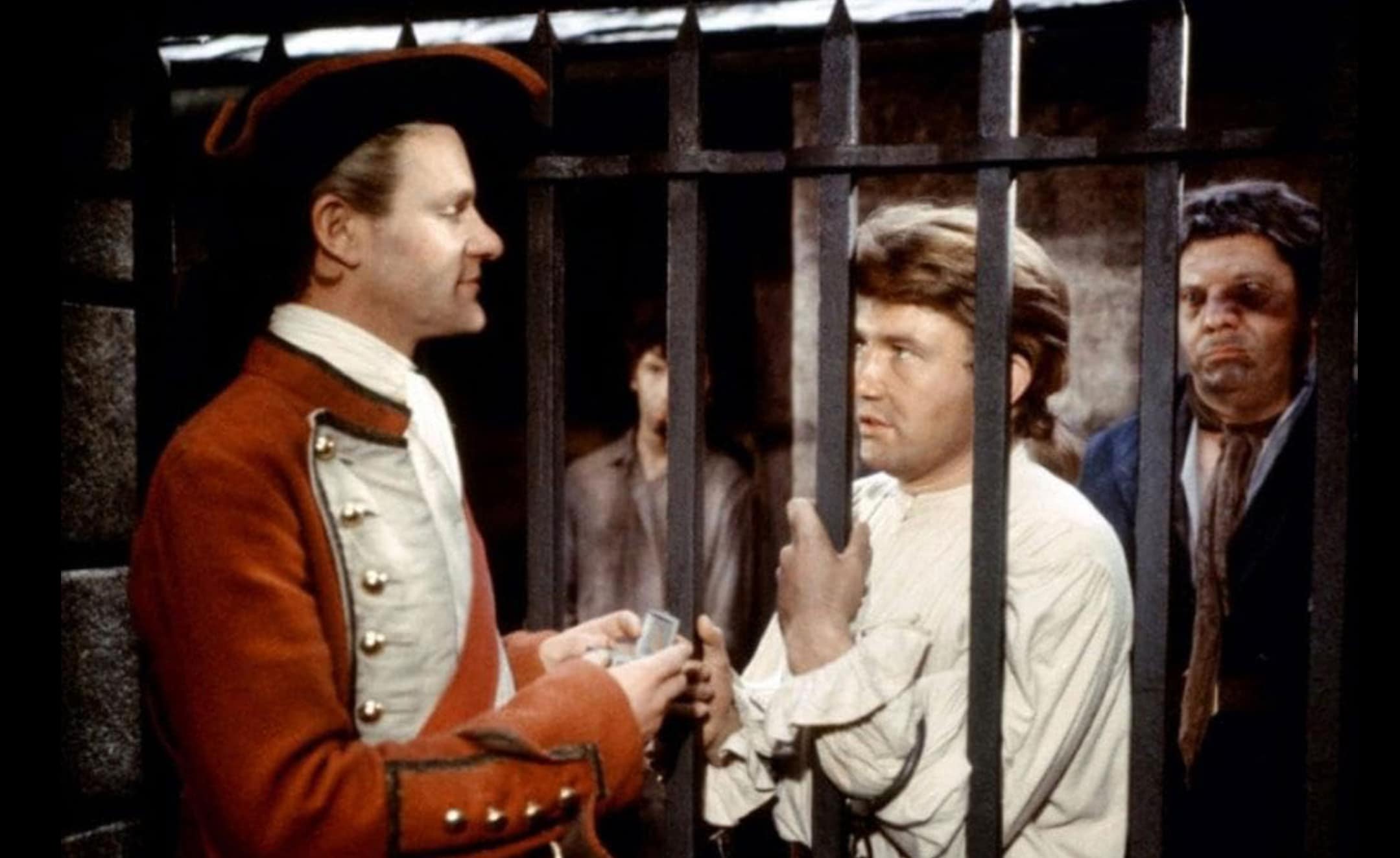
- Director: Tony Richardson
Based on Henry Fielding’s classic 1749 novel The History of Tom Jones, a Foundling, British comedy “Tom Jones” stars Albert Finney as the title character in a fun, lighthearted romp that was one of the most successful movies of the year, but it remains more of a classic in England instead of the U.S.
“A Man for All Seasons” (1966)
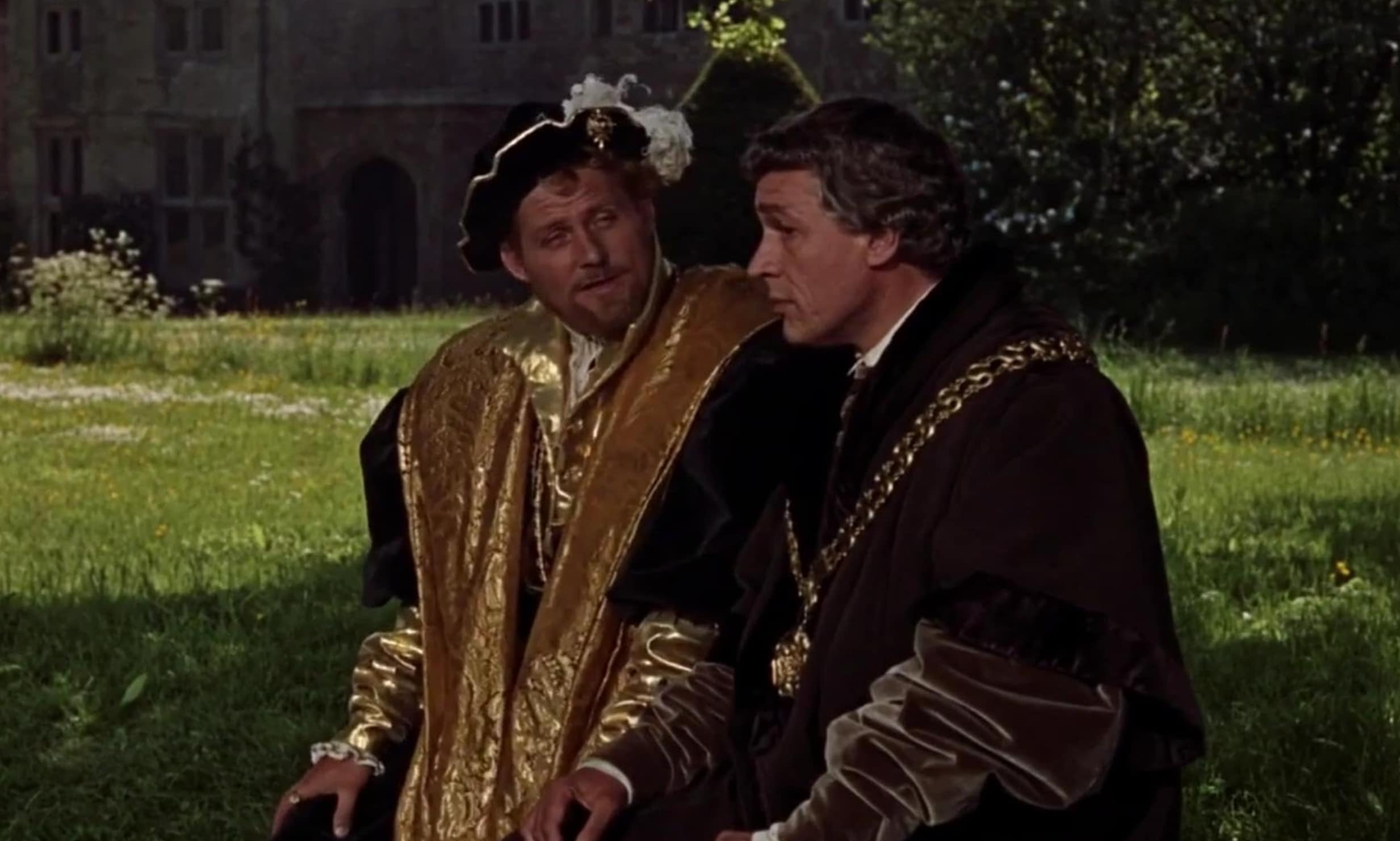
- Director: Fred Zinneman
A British historical drama based on the play of the same name, “A Man For All Seasons” is about the final years of Sir Thomas More, the 16th-century Lord Chancellor of England, during the reign of King Henry VIII. It also won Oscars for Director, Actor (for leading actor Paul Scofield), Adapted Screenplay, Cinematography, and Costume Design. It still holds up, especially Scofield’s powerful performance.
“The Last Emperor” (1987)
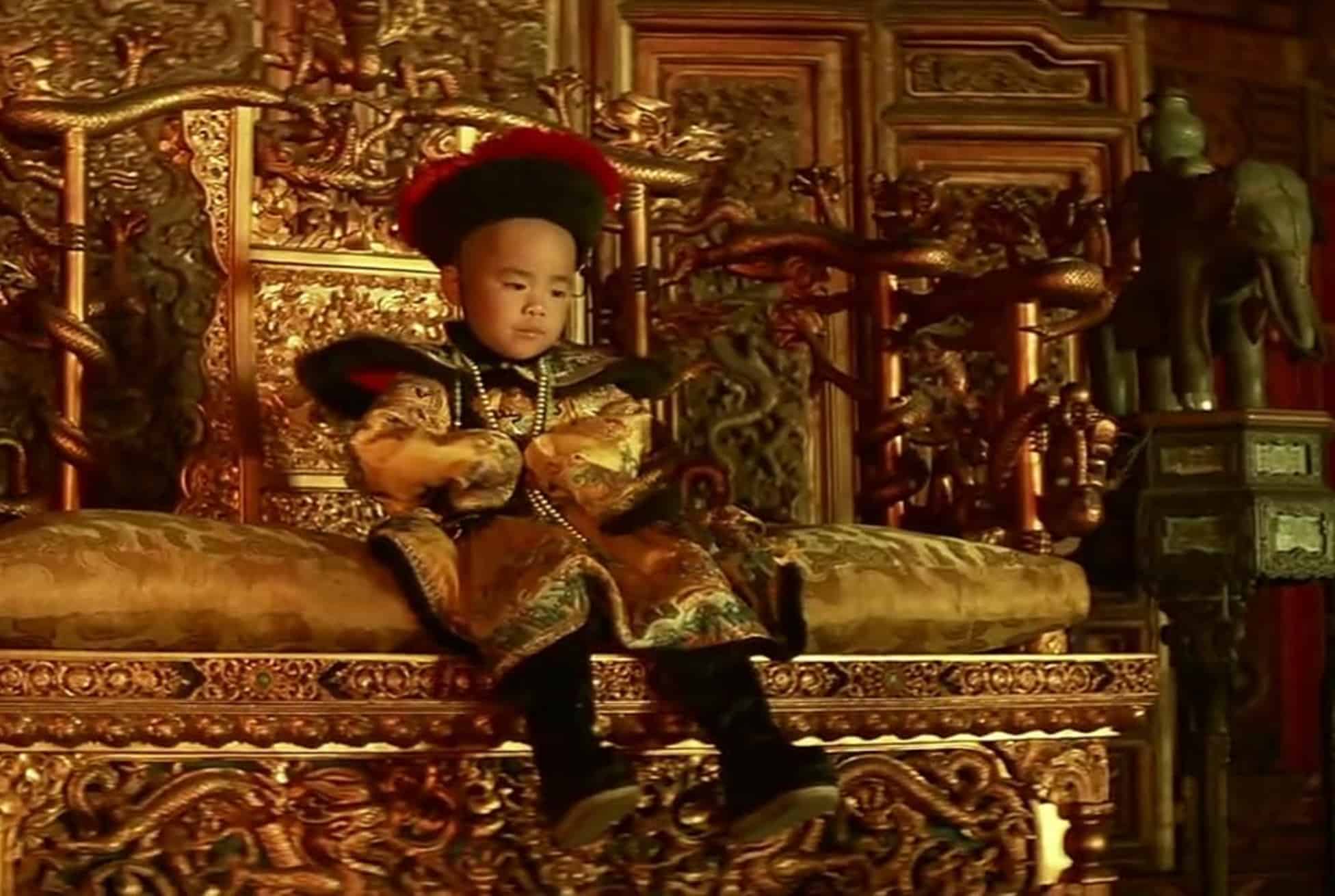
- Director: Bernardo Bertolucci
An epic biographical drama about the final emperor of China, Puyi, “The Last Emperor” was adapted from Puyi’s 1964 autobiography and was the first Western film to be authorized by China to film in Beijing’s Forbidden City. It received universal critical praise and won nine Academy Awards, but two other fellow Best Picture nominees – ”Fatal Attraction” and “Moonstruck” – are perhaps better remembered by audiences.
“Crash” (2004)
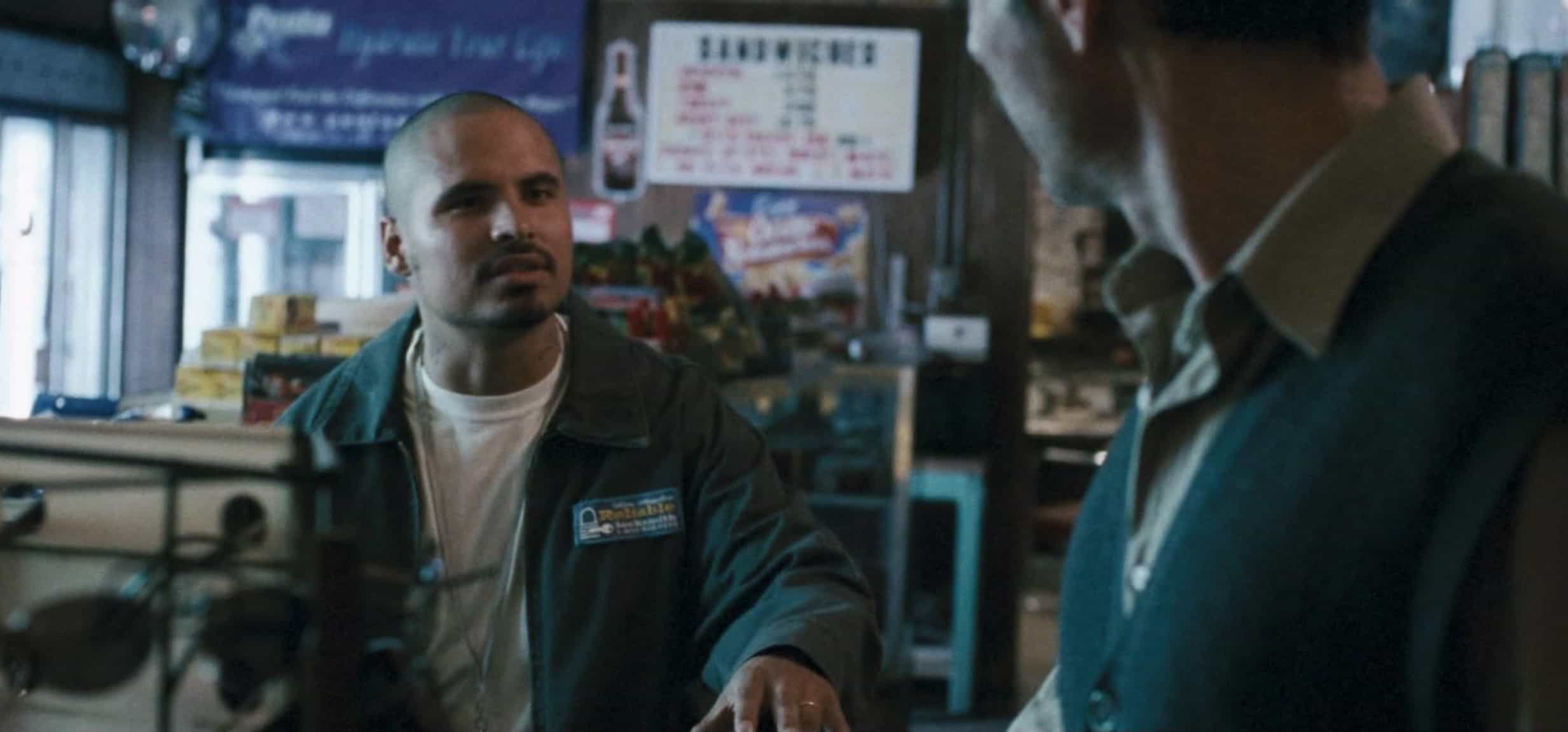
- Director: Paul Haggis
In a year that also saw “Brokeback Mountain”, “Capote”, “Munich”, and “Good Night and Good Luck” nominated for Best Picture, the win for the independent “Crash” still has folks scratching their heads nearly two decades later. A crime drama about racial and social tensions in Los Angeles with a large ensemble cast that includes Sandra Bullock, Matt Dillon, and Don Cheadle, the film received positive reviews but was criticized for its lack of subtlety in its portrayal of race relations.
“The Artist” (2011)
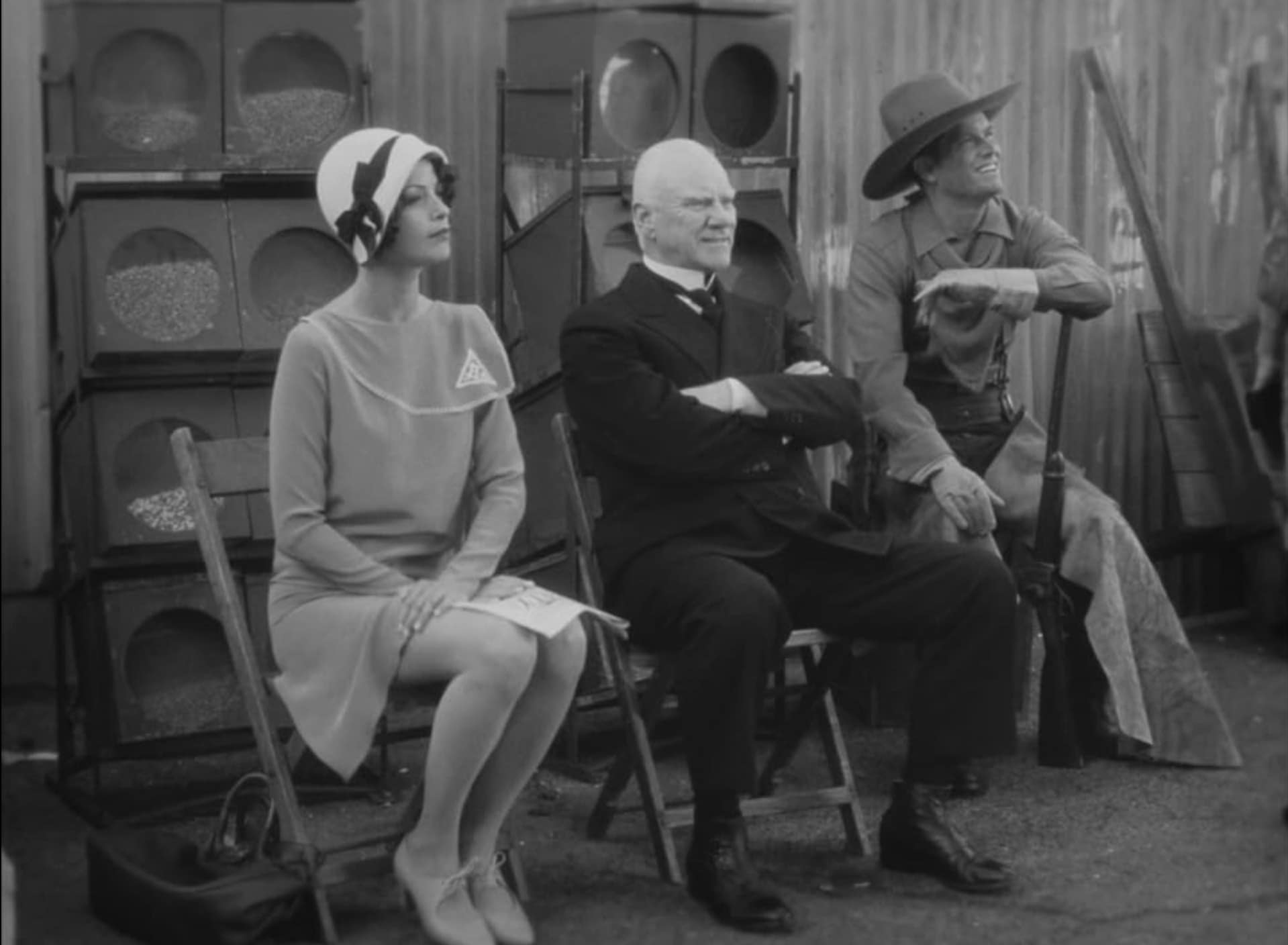
- Director: Michel Hazanavicius
The silent, black and white French comedy-drama “The Artist” was written and directed by Hazanavicius, and stars Jean Dujardin (who also won Best Actor) and Bérénice Bejo as an older silent film star and a young actress in 1920s-era Hollywood, during the decline of silent cinema. The first French film to win Best Picture and the first silent film to do so since “Wings,” it was well-reviewed and well-respected, but isn’t exactly well-remembered.
“Birdman or (The Unexpected Virtue of Ignorance)” (2014)
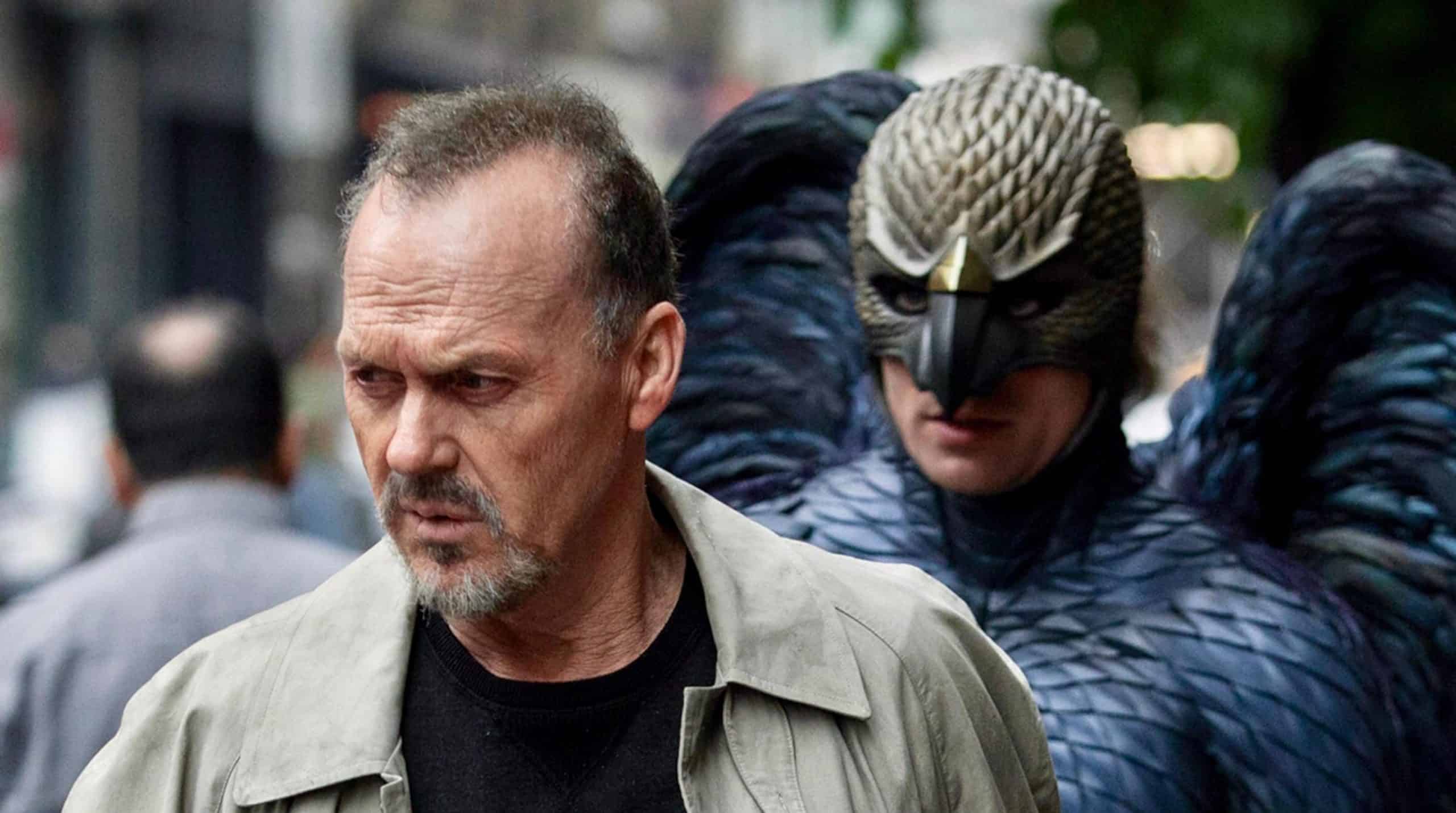
- Director: Alejandro G. Iñárritu
Starring Michael Keaton as a washed-up Hollywood actor who’s attempting to stage a comeback by writing, starring in, and directing a Broadway Play, “Birdman” was critically praised for its unique storytelling format (made to look like it was filmed in one continuous take), its enigmatic ending, and Keaton’s performance. Nowadays, however, it’s mostly remembered for sparking Keaton’s ongoing comeback.
“Nomadland” (2020)
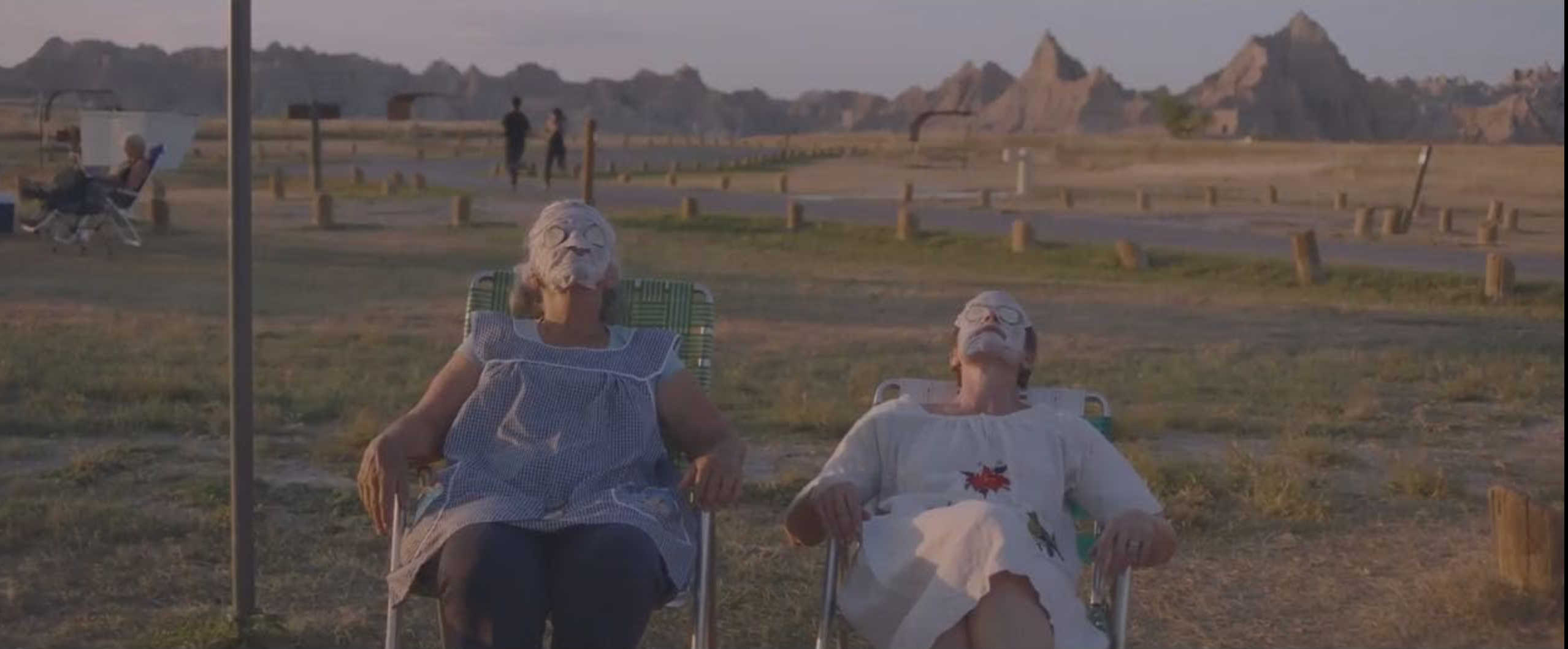
- Director: Chloé Zhao
Written, produced, edited, and directed by Chloé Zhao, “Nomadland” stars Frances MacDormand as a widow who decides to travel around the country in a van. Even though it won Best Picture, Best Director, and Best Actress, and was hailed by critics as a great film, it never really was considered a “must-see” by audiences (and, true or not, it was regarded as only being elevated because so many other films were delayed of canceled due to Covid), and has largely fallen off the radar since its win.
“CODA” (2021)

- Director: Sian Heder
Another Best Picture winner that was completely detached from films that audiences were actually flocking to see (and another that won during the time that the Hollywood machine was hamstrung by Covid), “CODA” is a coming-of-age comedy-drama starring Emilia Jones as a child of deaf adults (CODA) and the only hearing member of her family, who’s attempting to help her family’s struggling fishing business while trying to make it as a singer. It was well-reviewed by critics and also picked up Best Supporting Actor for Troy Kotsur, but with a box office take of only $2.2 million, it was seen by too few people to make any real cultural impression. And with a budget of $10 million, it’s one of just a handful of Best Picture Oscar nominees that actually lost money.
